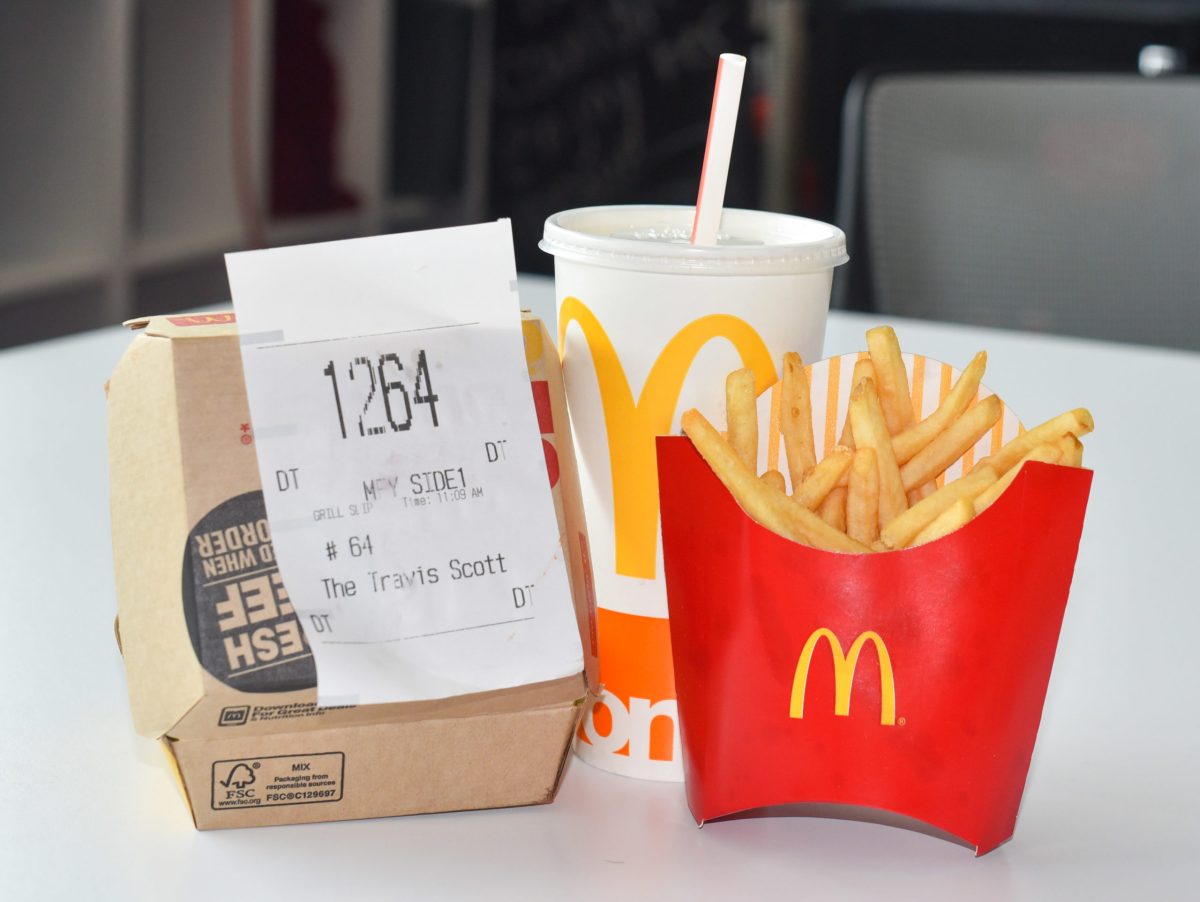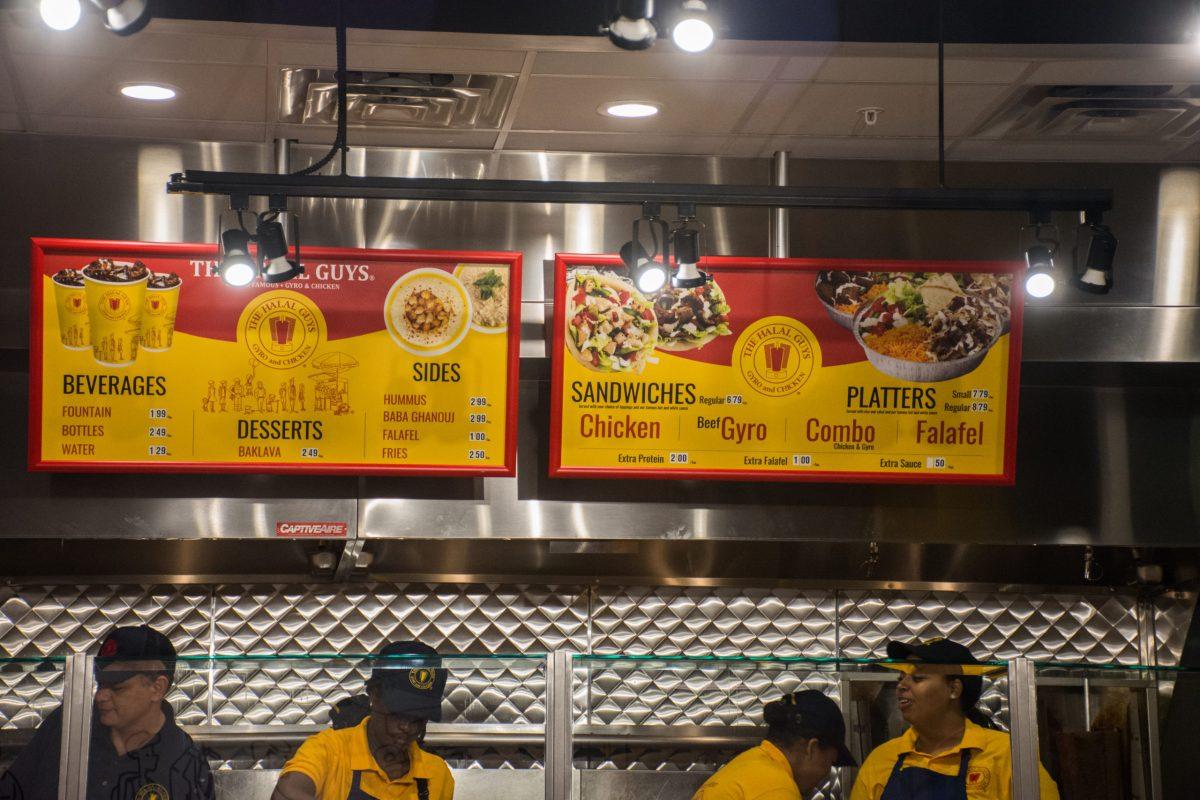The end of almost every email in college, whether it is from a student, faculty member, administration, or non-affiliate, contains a pre-set email signature that will appear in every email the sender will ever send out. Oftentimes, the signature is just a name and simple job title. Other times, it could be a whole list of campus positions and even current GPA.
Email signatures are extremely important in saving time as well as identifying an individual in terms of the circles he or she may be involved in. I, myself, wrote my very first email signature a few months during my first year of college. I included my major, year, college, and on-campus positions just like I had seen many of my seniors do. The question is whether students write email signatures as a sign of conformity, competition, or both.
At a polytechnic university, competition can be stiff and validation scarce. Students will do anything to market themselves in front of their professors and classmates just as a means to stand out; oftentimes, this is done through professional promotion. Students stack their resumes sky high with on-campus jobs, executive board positions, organization memberships, programming languages, languages, and even bi-annual GPA updates.
All of the aforementioned categories are spectacular and appropriate for any resume or curriculum vitae, but do they belong in an email signature?
“I feel like longer email signatures are only necessary if you’re emailing a professional like someone who’s going to interview you,” says Taylor Tu, a third year computer science major.
Imagine sending a quick email asking a professor when his or her office hours are. Believe it or not, many students in college will have email signatures longer than the content in an email. This is a jarring imbalance in which the attention is drawn away from the message and towards the sender’s professional achievements.
As jarring as this may be, at a school where a great percentage of the student body is most worried about getting a steady job after college, shameless personal branding and marketing only increase the chances of employment post-graduation.
In another sense, the length and content of an email signature may also be damaging to others’ egos. “You’re gonna see some of your classmates’ signatures and question your life choices,” laughs Nanditha Lakshmanan, a second year biology major. In all seriousness, students who see their peers’ overloaded signatures may feel inadequate and jump on the bandwagon by creating their own overloaded signature, thus perpetuating the cycle.
“While email signatures are a great way for students to show what kinds of commitments they have on campus, some students take it too far to the point where they make it obvious that they’re trying to show off or seem a lot more involved than they really are by adding insignificant titles and positions,” says Liem Ho, a senior biology major.
I myself have felt particularly conscious of how my signature, regardless of its condition, makes my email recipients feel. I felt the pressure to create one once I saw that almost everyone around me had one. I felt the need to compete, silently yet openly, in order to prove to myself and others that I am professionally accomplished. Early in August, after getting impressed responses from the first-years in my New Student Orientation groups, I realized that my signature is setting an expectation that they might feel they have to meet for themselves as well as for others. I realized that I am contributing to the cycle I had originally felt so conflicted about. This cycle and its various stops places unnecessary pressure on students even before they enter college; students’ time before, during, and after college should be more exciting than daunting and anxiety-inducing.
I have no real authority or credibility to state what is appropriate and what is not appropriate to place in an email signature, so I contacted Christine Cervelli, a Career Development Services (CDS) advisor at NJIT who explained, “E-mail signatures are part of your professional brand. It represents you and what you would like future employers or colleagues to know about you, and how to connect with you. You should include basic information such as your name, phone number, and e-mail address. Also, you can include your school name as well as your degree, major, and year of graduation. Professional social media platform links can also be included such as LinkedIn or Twitter (if you are using it for professional purposes.) If you have a personal website, blog or online portfolio, you should include that link as well. It is very important to not include any information or quotes that anyone could find offensive. Also, photos do not need to be included in the e-mail signature.”
In short, according to the Ohio State University’s email signature tips, “Keep it concise… DO NOT try to fit your entire resume into a signature…plain, professional is best.” Other tips included, “Avoid quotes or passages from the Bible and other religious texts.”
An email signature is a very simple tool that is used to easily identify the sender rather than characterize him or her while openly providing inappropriate information. This is why I have decided to ditch my old signature for a newer, anxiety-free one (peep the before and after screenshots).




































